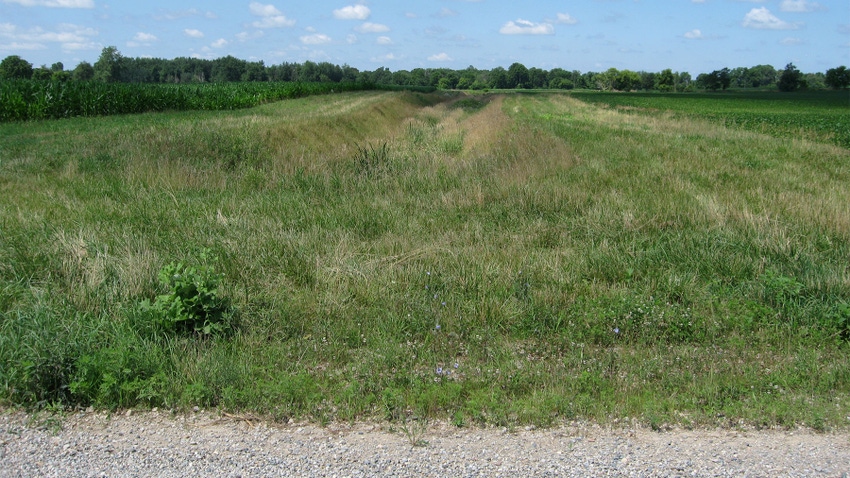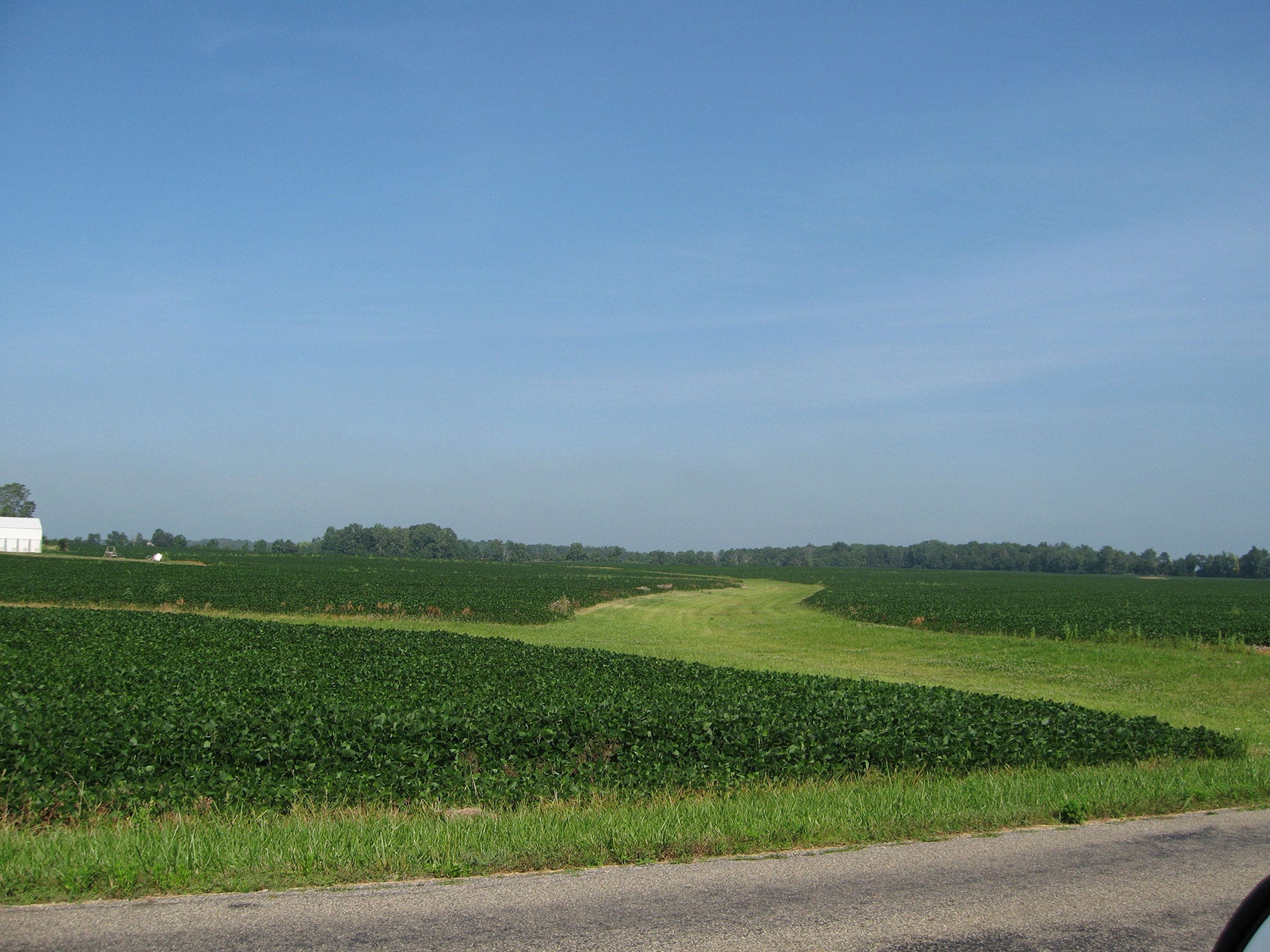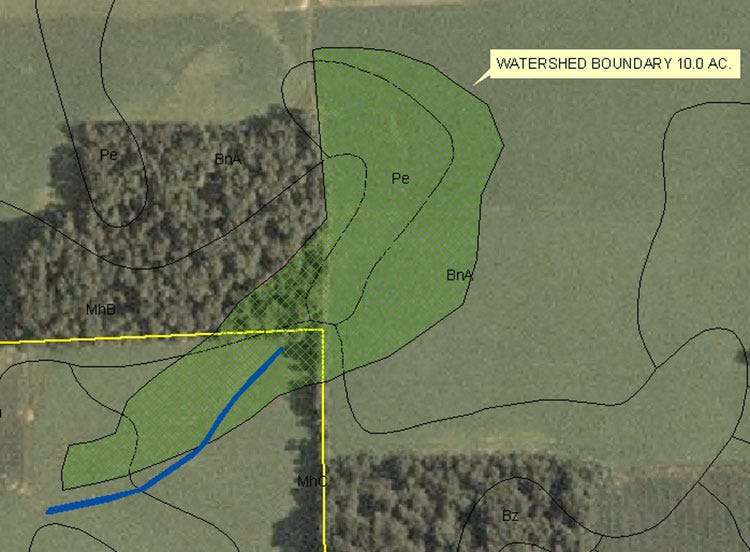January 11, 2024

by Amber Hart
Many people feel that the USDA Farm Service Agency and Natural Resources Conservation Service have nothing to do with them. But they have everything to do with assisting local farmers in keeping their farms sustainable for future generations.
“FSA and NRCS work with our local farmers to increase the health and productivity of the soil on their ground by developing conservation plans and implementing these plans,” says Kayleen Hart, FSA program technician for Steuben County, Ind. “Along with our local partner, the Steuben Soil and Water Conservation District, we are able to offer technical and financial assistance to help farmers implement best management practices for their farm.”
Why is this important to everyone? “With the global population increasing, available farm ground continuing to decrease due to development or misuse, and erratic weather patterns due to climate changes affecting crop production, keeping the farm ground we have is important — not only to the farming community, but to everyone who loves to eat,” Hart says.
Ryan Waite and his family, who farm in Steuben County, have applied sustainable farming techniques for about 10 years. “In the last few years, we’ve completely converted all our acres to 100% cover crops and 100% no-till,” Waite says.
They also use filter strips where needed and are finding new ways each year to enhance their sustainability.

GRASSED WATERWAY: Grassed waterways are constructed to convey runoff from concentrated-flow areas, like a small watershed, where erosion control is needed.
“My advice to the next generation is to keep evolving, keep researching, don’t be afraid to try something,” Waite says. “Everything is always changing.”
These changes have helped the Waite farm manage water quality and retain moisture within the soil where it would typically run off or evaporate.
Where to begin
There are several cost-share programs for farmers with soil health and productivity issues, or who are worried about environmental impact and nutrient loss. FSA can also provide short-term, low-interest loans for seed cost or land rental. It all starts with a visit to the USDA Service Center, Hart says.
FSA land set-aside programs, such as the Conservation Reserve Program, offer yearly rental payments to eligible landowners for tree or pollinator plantings. FSA also offers financial assistance for practices like grassed waterways and filter strips. NRCS offers a similar program, the Environmental Quality Incentives Program, known as EQIP. It also offers financial assistance to incorporate cover crops into planting rotations, as well as for timber stand improvement for nonfarmable wooded areas.
NRCS will conduct a site visit and develop a conservation plan showing a producer the best practices for enhancing the property or increasing productivity. The landowner and office staff decide which USDA program is the best fit.

BEFORE THE WATERWAY: This map shows where a small watershed drains onto the next field. The blue line shows where constructing a grassed waterway, like the one pictured above, would reduce runoff issues.
“If one of the federal programs doesn’t seem like a good fit, the SWCD also has cost-share programs which may work,” says Hart, who began her career at the Steuben County SWCD before moving on to FSA.
Hart now serves as the chairperson of the Steuben County SWCD. “Cooperation is the key to reaching sustainability,” she concludes.
Hart is a senior in ag communication at Purdue University. Kayleen Hart is her mother.
You May Also Like




